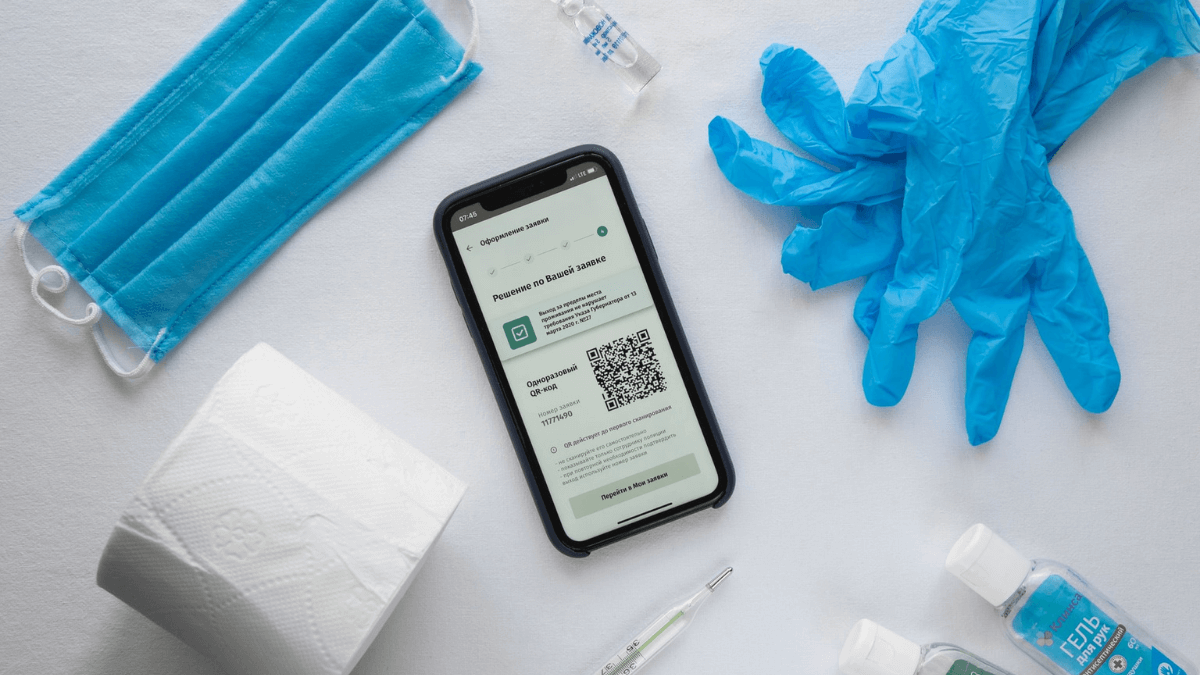Key Takeaways:
- Implementing geofencing is challenging for many construction professionals because it requires an initial investment.
- Introducing such technology can lead to employee pushback.
- The chosen geofencing system should be compatible with other technologies used by the construction company.
With geofencing, construction companies can set up virtual boundaries around different target areas, bolstering safety and security in just a few clicks.
But while this technology is straightforward, there can be some hurdles.
If you don’t want to be blindsided by any of these implementation challenges, you’ve come to the right place.
We’ve prepared an overview that will help you formulate your battle plan and make the most of geofencing, so let’s take a deep dive!
In this article...
Initial Investment in the Technology
Here are two facts about investing in technology:
- Introducing technology is a costly affair.
- Technology in business doesn’t guarantee success.
This reality is perhaps best outlined by Capterra’s recent Tech Trends Survey, which reveals that many U.S. businesses regret their software purchases.
Among the top causes of dissatisfaction are the costs of tech, which rattled 41% of the businesses, but also lowered productivity and overall competitiveness.

What’s even worse is that over half of the buyers felt that this one software decision left major consequences on their businesses.
If you’re wondering how to avoid making regretful decisions, look no further than quality research.
Construction companies looking to invest in geofencing technology simply must get a good sense of the different solutions available on the market before moving in for the purchase.
At the same time, it is essential to base the research on your specific geofencing needs, allowing you to identify vendors whose software tackles your key pain points.
Companies that are having trouble dealing with buddy punching and other time theft practices among workers, should take a closer look at solutions that incorporate geofencing for workforce management, such as Hubstaff.
On the other hand, if your needs extend more broadly to fleet management, look for solutions that collect various data tied to asset utilization, driver behavior, safety compliance, and more.
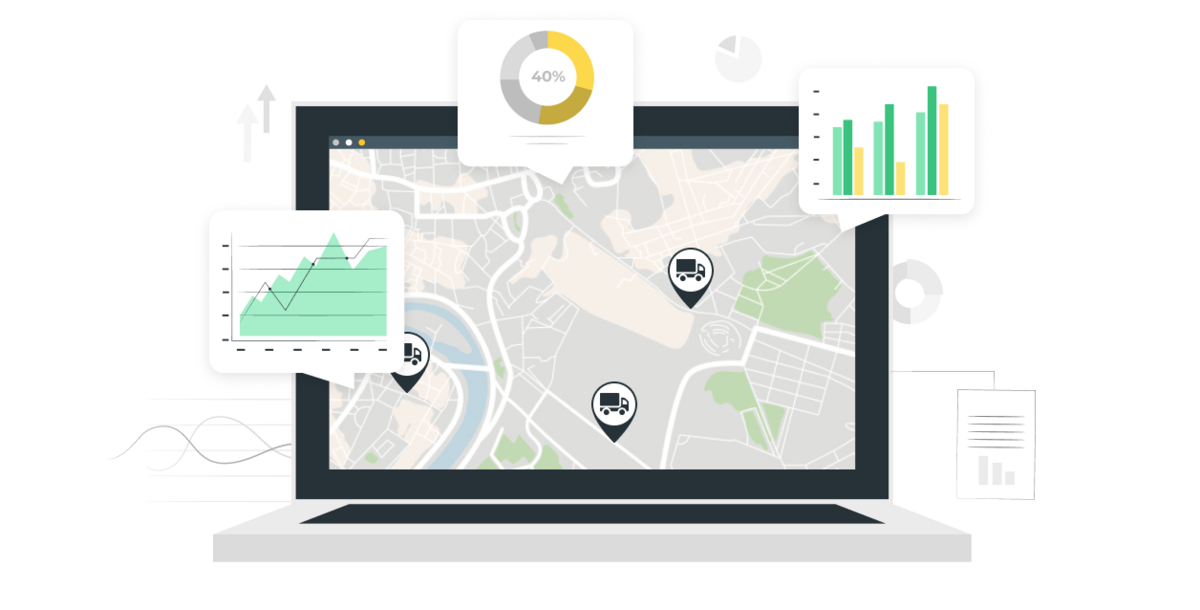
Now let’s say you’ve identified the product that offers everything you need and more, but you’re left with one lingering question: how much is it all going to cost?
It’s important to make sure that your chosen solution fits the budget and doesn’t come with any excessive or unexpected expenses.
One phrase that frequently popped up in the already mentioned purchase regret survey was the total cost of ownership (TCO), and for good reason.
If you’re not clear on the product’s TCO, i.e. how much you’re paying upfront and whether the listed price covers only the software, but not employee training or additional IoT devices, you’re bound to encounter problems later.
To avoid any surprises, be sure to scour the product’s website and other information sources, and raise questions directly with the vendor when and where necessary.
Your initial research efforts will be well worth the return on investment.
Finally, keep in mind that most hidden costs mentioned concerning SaaS products actually come from poor planning and execution, such as choosing a pricier plan whose features you don’t fully use or getting caught up in automatic (yet unwanted) subscription renewals.
When you find the perfect fit, you’ll be a satisfied customer.
It will be a win-win situation, good for you and the provider.
But no technology comes without limitations, which we’ll explore as another distinct challenge in the next section.
Technical Limitations
Technology makes for an exciting journey right up until the moment something stops working.
A quick check or a tweak can fix the problem in some cases, but some limitations can’t be overcome so easily, and this is particularly true when it comes to geofencing.
Geofencing systems are implemented for the specific purpose of delivering precise, real-time location data.
But a variety of factors can impact location technology, as explained by Dr. Dave Schippers, who specializes in cyber education:
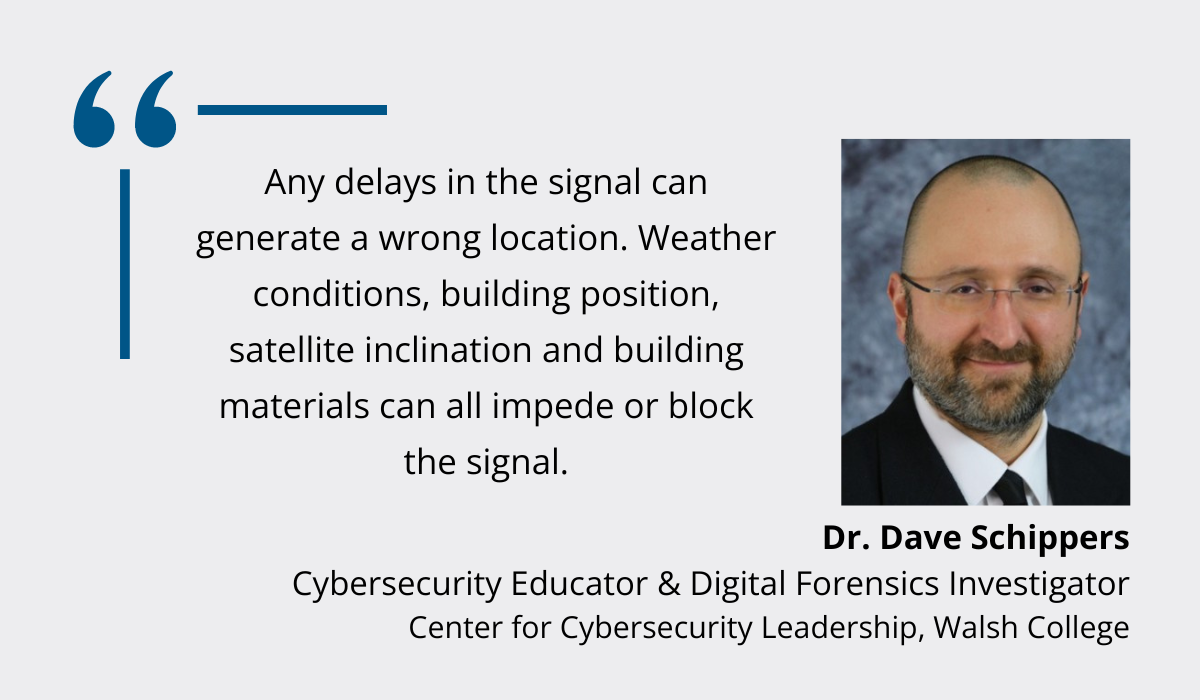
Frequent signal delays and interferences automatically lead to inaccurate data.
Moreover, working with an unreliable system in more inaccessible or hazardous construction sites can spell disaster and endanger lives.
Companies that make the mistake of investing in unreliable geofencing software are left with few options.
The precious time and funds are already gone, so they can either look for a new solution or drop the idea entirely.
This is why it’s important to prioritize the accuracy and reliability of the geofencing solution from the get-go and confirm it before deciding to move forward with the purchase.
Since no geofencing product is advertised as anything less than perfectly reliable, getting a clearer sense of its limitations is possible in a slightly more indirect way.
For starters, make full use of the free trial option.
Most geofencing technology providers are happy to offer 15-day free trials, so this is your opportunity to see the system in action and test it extensively.
Try out the essential features in various conditions and other specific circumstances, while prioritizing the real-world scenarios most common to your company.
Return to this checklist to be sure you’ve covered everything:

And remember: don’t rush to launch the free trial as soon as possible.
Give yourself enough time to plan a thorough assessment of the core functionalities you need so that you can make the best possible decision.
For maximum results, be sure to make full use of the insights shared by other professionals.
Authentic online reviews can be found on research platforms like Capterra, dispelling or confirming any lingering doubts about the software’s reliability:
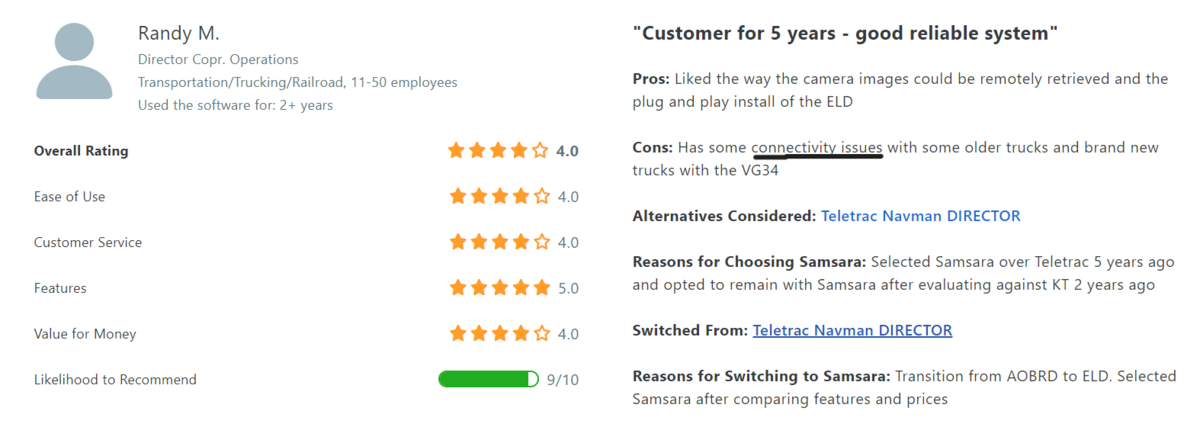
In this example, connectivity issues that the Samsara user described are not disruptive, but they could be something to keep an eye on, even during the free trial itself.
Once you’ve checked whether multiple reviewers mention more serious issues, you have everything you need to make the best possible decision for your business.
However, even good decisions will invite pushback at times.
With that in mind, we move on to the next challenge.
Pushback from Employees
While geofencing is seen as a necessary game changer by construction companies, the employees are rarely as enthusiastic about it.
Negative attitudes about real-time GPS tracking in the workplace tend to connect to one or both of these statements:
1. Tracking means that the company doesn’t trust the employee.
2. GPS tracking is an intrusion of privacy and doesn’t stop after work hours.
Concerns about privacy and data can be especially tricky and difficult to manage.
An older survey on workplace GPS revealed that employees with no exposure to GPS tracking gravitated towards negative perceptions—while the ones who did, found their workplace GPS experience largely positive.
But the times have changed.
A more recent, Norton’s 2022 report indicates that 85% of respondents globally want to do more to protect their privacy.
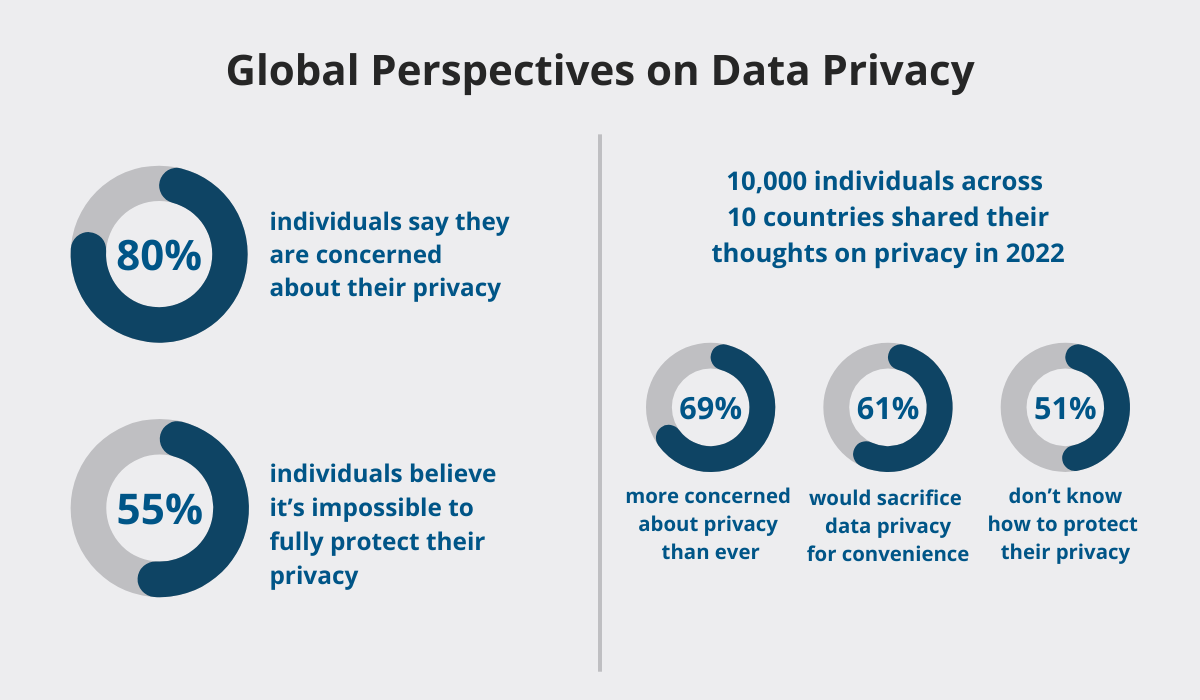
The numbers show that 55% percent of over 10,000 surveyed individuals believe they can’t fully protect their privacy.
Meanwhile, cases of data breaches in the construction industry or misuse of personal data by third parties help to fan these fears further.
Companies attempting to implement robust geofencing software, dependent on extensive GPS tracking, should be prepared for employee pushback.
Nevertheless, there are strategies you can turn to for minimizing pushback and even fostering greater trust.
And it all starts with open communication.
Unsurprisingly, taking the time to provide relevant information about the new software, and how it will impact everyday work, creates the necessary space for the employees to get on board with the changes.
Being upfront about when and how the data will be collected and used is particularly important, as it demonstrates a caring, proactive approach that invites people to share their views openly.
Sharing information and addressing any lingering concerns goes beyond safeguarding employees’ privacy—it also means ensuring you’re in compliance with privacy laws.

Businesses that rely on GPS tracking must be fully aware of relevant state or federal laws and take into account all legal considerations, from requiring employees’ consent to establishing data-use policies.
Expert on corporate privacy, Richard Purcell, highlights the necessity of having clear and comprehensive privacy programs and policies:
“The first and foremost thing everybody should do in a privacy program is to develop a component of the privacy program that’s specifically for employee data.”
The bottom line is that communicating policies that treat employee data with due care earns you substantial trust while ensuring you stay on the right side of the law.
Naturally, introducing your new geofencing software and the data it will collect allows you to outline the system’s tangible benefits, thereby further decreasing the chances of pushback.
Earlier research by Accenture indicates that 92% percent of workers have no issues with data collection as long as it leads to improved performance and well-being or carries other benefits.
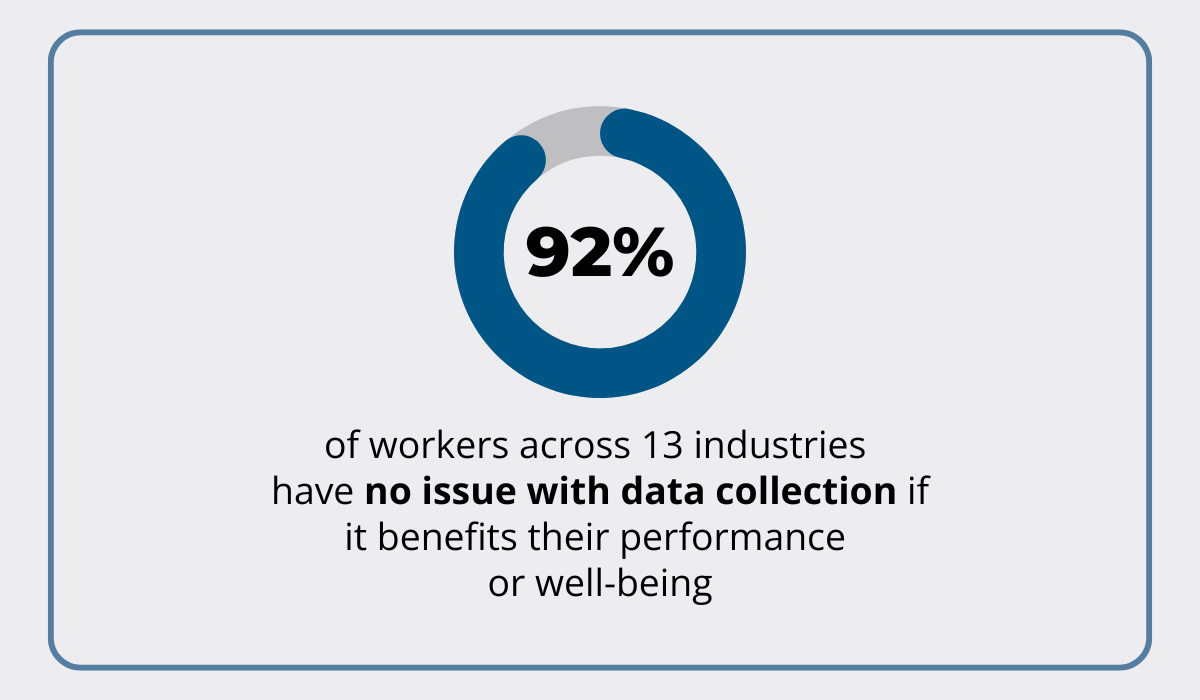
Besides explaining the general benefits of geofencing, managers should highlight how this technology enhances safety, especially for those employees working in more hazardous conditions.
Employees will accept your chosen geofencing solution if introduced properly, but you might face a different challenge: compatibility issues with existing systems.
Integration with Existing Systems
It’s unlikely for geofencing to be the first or only system a construction business implements.
This is where compatibility and integration issues usually kick in.
The geofencing solution you want to implement isn’t necessarily well-suited to working with your existing systems.
Worst case scenario: you’d have to migrate tons of data and endure an inefficient workflow until you’re done with new costly changes.
Luckily, thinking along the lines of compatibility and interoperability allows you to overcome this hurdle too.
Given the complex, multi-stakeholder nature of construction jobs, interoperability of different software is vital and should be prioritized during the initial search.
Nevertheless, the existing business models and software development practices limit interoperability, as outlined by Professor Žiga Turk, an expert in construction informatics.
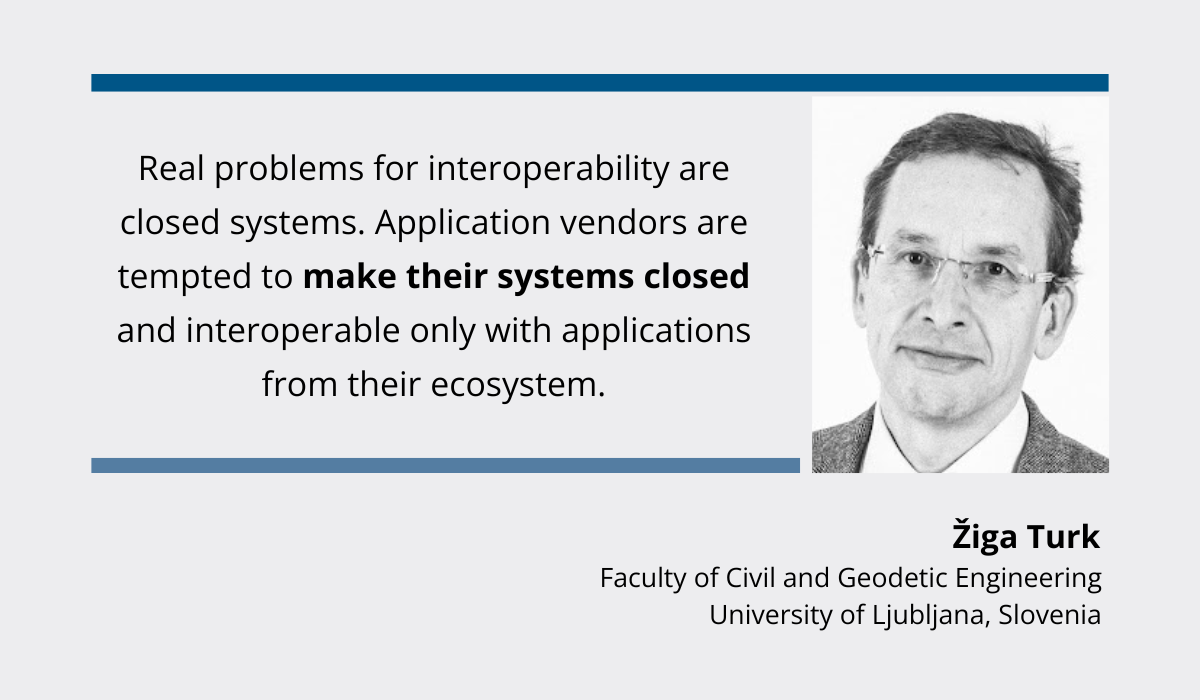
The prevalence of closed application ecosystems means lower chances of finding a geofencing solution that will be fully compatible with products you’re already using.
However, you may transform this obstacle into an opportunity for growth by identifying and investing in more comprehensive solutions available on the market.
Some of the best geofencing software for construction that we listed previously offers powerful features and ample integrations, allowing you to introduce a solution that fits you to a tee.
For example, GPSWOX is compatible with over 900 GPS trackers and available in 30+ languages, while ASCEND offers a well-rounded fleet management solution and an outstanding customer support center to ensure you experience as few bumps in the road as possible.
Finally, our own asset management solution, GoCodes Asset Tracking, seamlessly integrates several asset-tracking features into one robust software, allowing you to move away from multiple vendors.
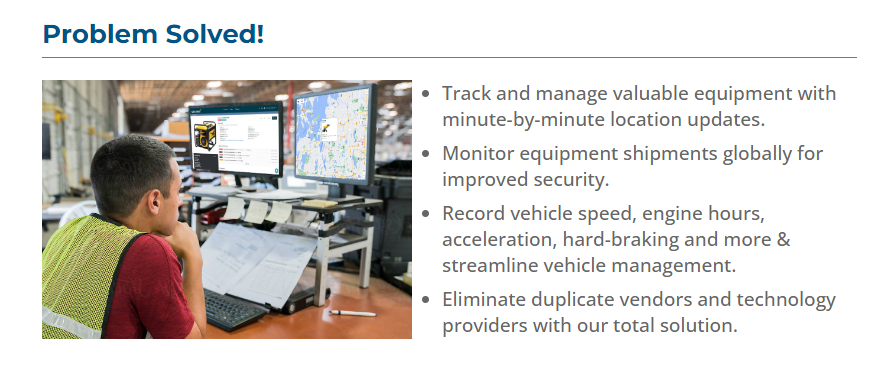
GoCodes Asset Tracking enables superior asset management and security, alongside greater optimization, productivity, and efficiency by integrating QR-coded labels, trackers, and geofences.
The GPS trackers provide real-time location updates and measure key metrics such as vehicle speed and engine status, while the geofencing “loss alerts” feature enables swift reaction in cases of theft, unauthorized use, or other emergencies.
Our advice is: give yourself time to explore the market and weigh in on different options.
Regardless of the geofencing solution you opt for, and the challenges involved in its implementation, it is bound to transform your business for the better.
Conclusion
Geofencing brings about several interconnected challenges, but also opportunities for extensive transformation.
The software expenses fade compared to all the returns, but only if you rely on quality research and testing, open communication with employees, and forward-thinking.
We trust this piece illustrated some of the geofencing hurdles you could encounter.
You’re welcome to return at any point, but remember: there are no one-size-fits-all solutions, so always trust your process!




